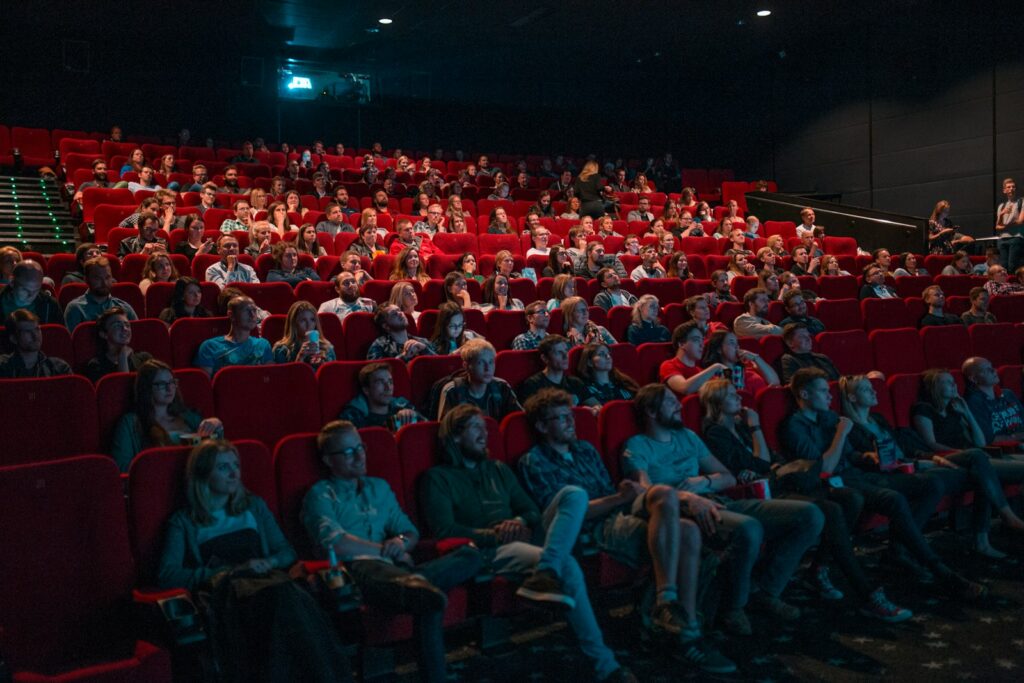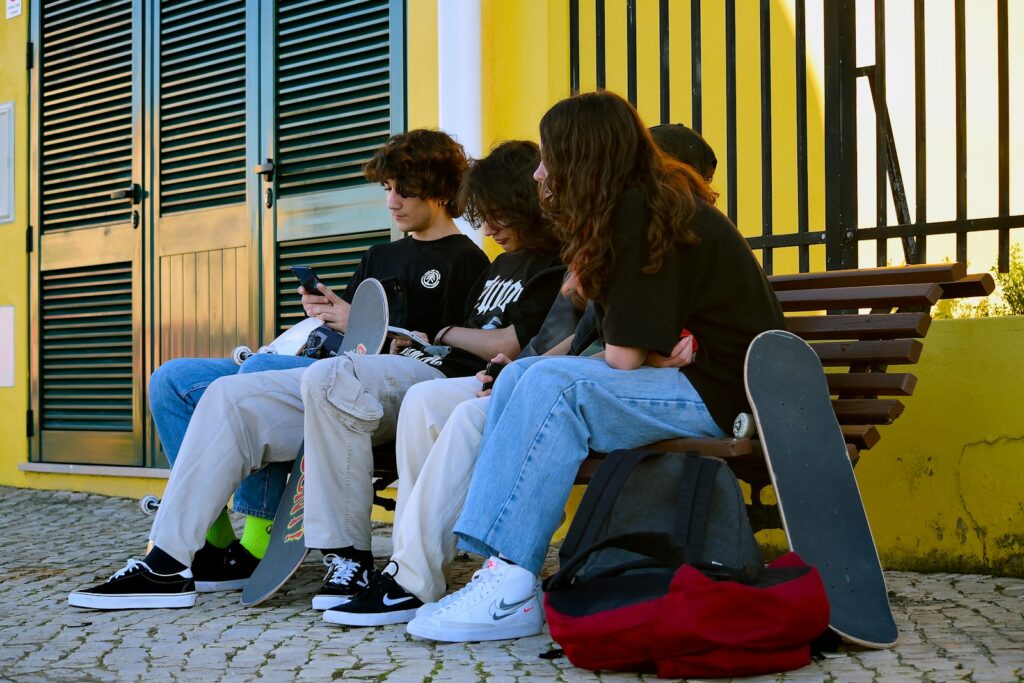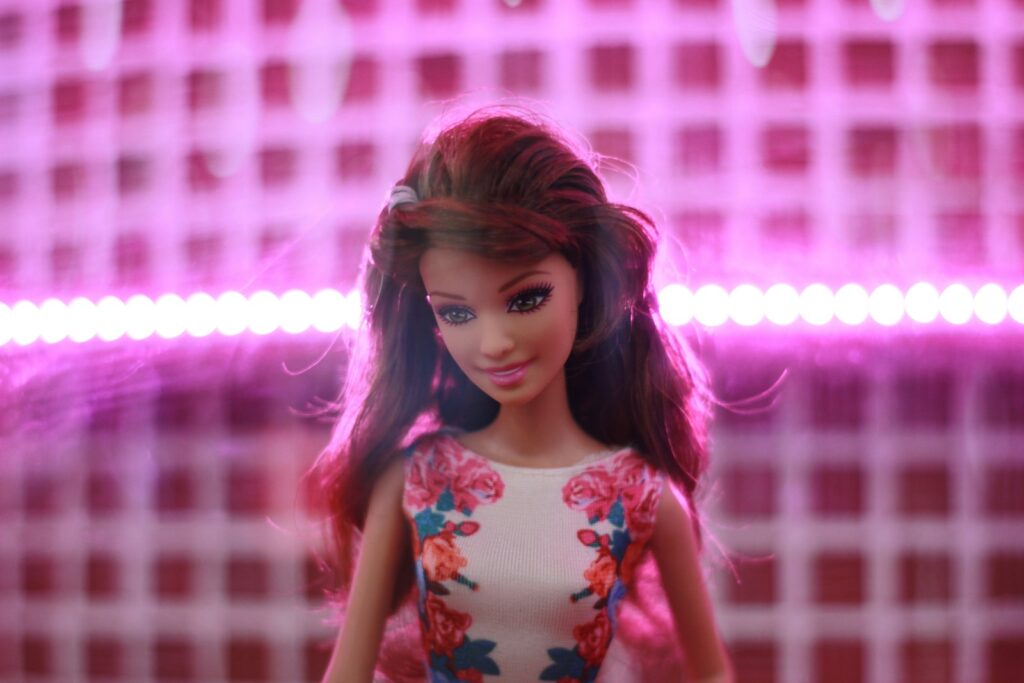
Greta Gerwig’s upcoming Barbie film has generated massive anticipation, highlighted by its vibrant pink visuals, star-studded cast, and Ryan Gosling’s unmistakable charm. However, the international poster release—particularly the French version—introduced an unexpected element that took the online world by storm. Rather than being a simple promotional image, the French poster sparked viral discussions due to a clever linguistic twist in its tagline.
French Twitter users quickly noticed and shared the poster, accompanied by witty comments about what they described as an “unfortunate” or “inadvertent” translation. This subtle language nuance resonated widely, leading to millions of views and a global conversation that elevated the poster from mere advertisement to pop culture moment.

The Linguistic Twist: A Double Entendre in French
The French tagline reads: “Elle peut tout faire. Lui, c’est juste Ken,” which translates literally to “She can do everything. He’s just Ken.” On the surface, this seems innocent and fitting for a family-friendly PG-13 movie.
However, in French slang, the word “ken” carries a very explicit double meaning—it is a common vulgar term for “to have sex.” This transforms the tagline into a risqué pun: “She can do everything. He just knows how to have sex.” This play on words introduces a mature humor element that contrasts sharply with the film’s official rating and marketing.

Understanding the Pun: The Role of Verlan Slang and Homophones
This pun is deeply rooted in French linguistic culture, particularly the use of “verlan,” a form of slang that involves inverting syllables. Originating in the 1980s among youth, verlan transforms words to create new slang expressions.
The vulgar French verb “niquer” (to have sex) becomes “ken” through this linguistic inversion and abbreviation. Furthermore, the phrase’s second part cleverly exploits a homophone pair: “c’est” (he is) and “sait” (he knows how). These words sound identical in French, allowing “Lui, c’est juste Ken” (“He is just Ken”) to be heard as “He just knows how to have sex.” This layered wordplay amplifies the pun’s impact.

Public Reaction and Marketing Intent
Contrary to expectations of scandal, French audiences reacted with amusement rather than outrage. Many initially assumed the pun was a translation oversight, but its obviousness and widespread familiarity among younger French speakers quickly suggested deliberate intent.
Industry insiders echoed this view. A marketing executive from a rival studio told The Hollywood Reporter, “It’s definitely deliberate; there’s no way a French speaker wouldn’t have noticed the dirty pun.” This sentiment supports the idea that the pun was a carefully crafted marketing move designed to generate buzz.

Strategic Linguistic Choices and Warner Bros.’ Response
The French tagline’s first part also deviates from a literal translation. Instead of “Barbie est tout” (“Barbie is everything”), it uses “Elle peut tout faire” (“She can do everything”), a phrase that better sets up the pun on “Ken.” This demonstrates an intentional linguistic design to maximize the tagline’s provocative effect.
When questioned, Warner Bros. refused to confirm or deny the pun’s intentionality but expressed enthusiasm about the social media attention the poster received both in France and internationally. A spokesperson stated, “The speculation around the Barbie marketing campaign shows there is a high level of awareness and major excitement from the public surrounding the upcoming release of our film in France.” This carefully measured response indicates a tacit approval of the campaign’s success.

The Bigger Picture: Barbie’s Edgier New Image
The risqué undertone of the poster aligns with the film’s broader, more mature themes. Rated PG-13 and explicitly not marketed as a children’s movie, the film includes humorous nods to the dynamics of Barbie and Ken’s relationship and explores feminism and young womanhood in a complex way.
Notably, the movie references Stanley Kubrick’s 1968 classic “2001: A Space Odyssey,” signaling a meta and existential depth. This nuanced approach to the Barbie narrative justifies the edgy marketing, including the suggestive poster tagline.

The marketing campaign for Greta Gerwig’s Barbie has been both extensive and remarkably strategic, encompassing a wide range of tactics—from high-profile brand collaborations and immersive pop-up experiences to social media activations and viral character posters. These efforts have not only sustained public interest over time but also generated continuous waves of online conversation across age groups and regions. The campaign has demonstrated a clear understanding of how to balance nostalgia with modern sensibilities, appealing simultaneously to those who grew up with Barbie and to a younger generation discovering her anew.
Among the most talked-about elements was the French poster controversy, which, whether a stroke of linguistic genius or a fortunate accident, accomplished exactly what every marketing team hopes for: global attention, meme-worthy moments, and a surge in cultural relevance. The buzz surrounding the double entendre not only drew millions of views but also encouraged deeper conversations about language, humor, and Barbie’s evolving image.
By blending humor, linguistic cleverness, and sharp cultural awareness, the campaign successfully reframed Barbie as more than just a doll or a movie character. It positioned her as a symbol of transformation, adaptability, and even controversy—all of which are hallmarks of a cultural icon. With anticipation for the film at an all-time high, Barbie has transcended her plastic origins to become a dynamic force in contemporary pop culture. Her world has never been more vibrant, complex, or captivating.



